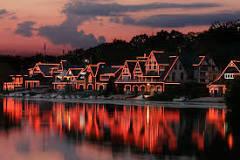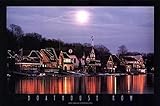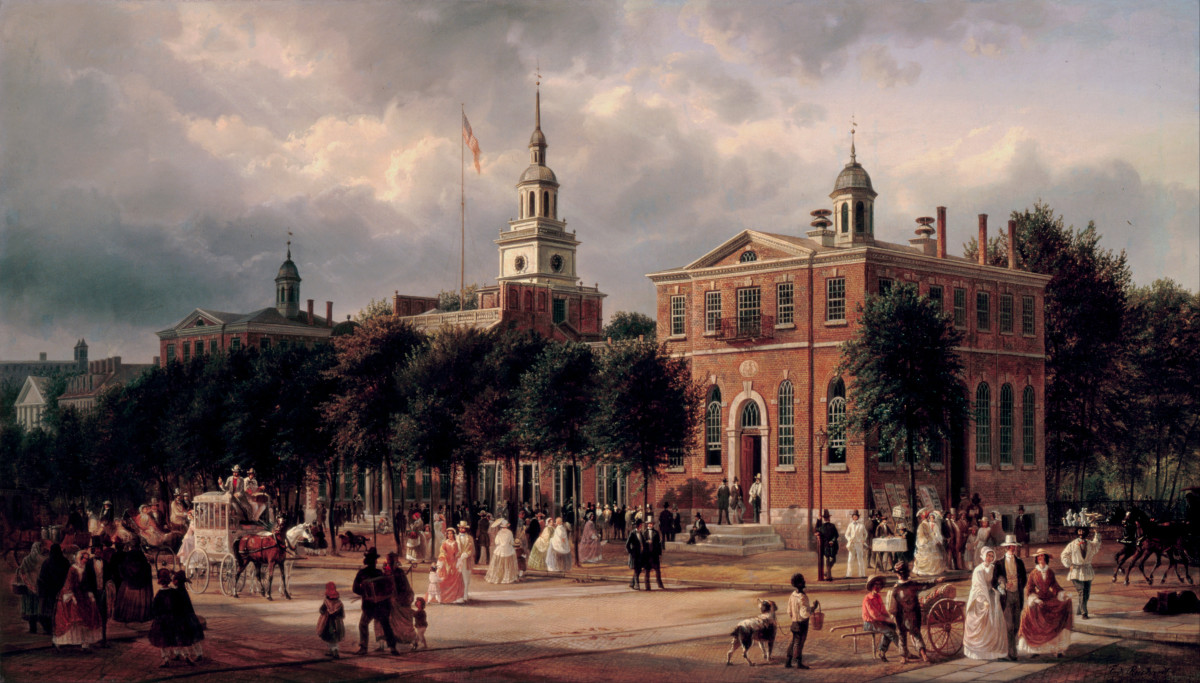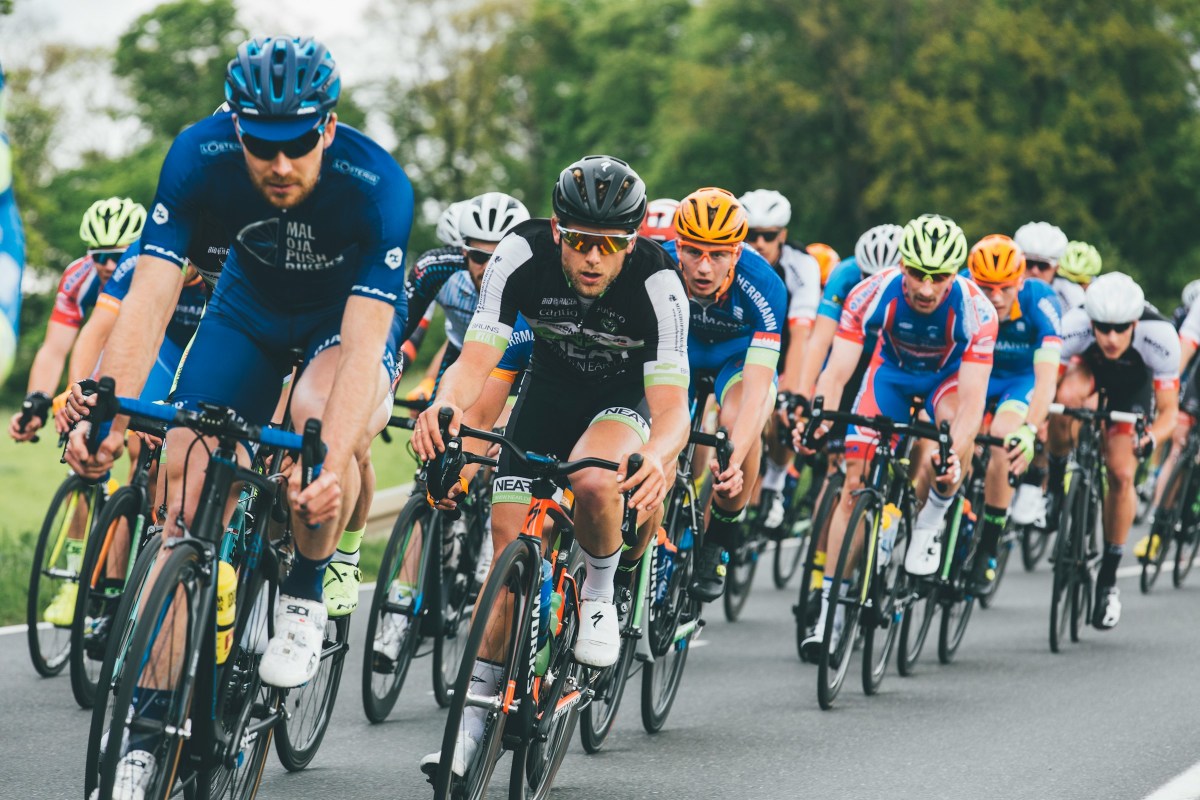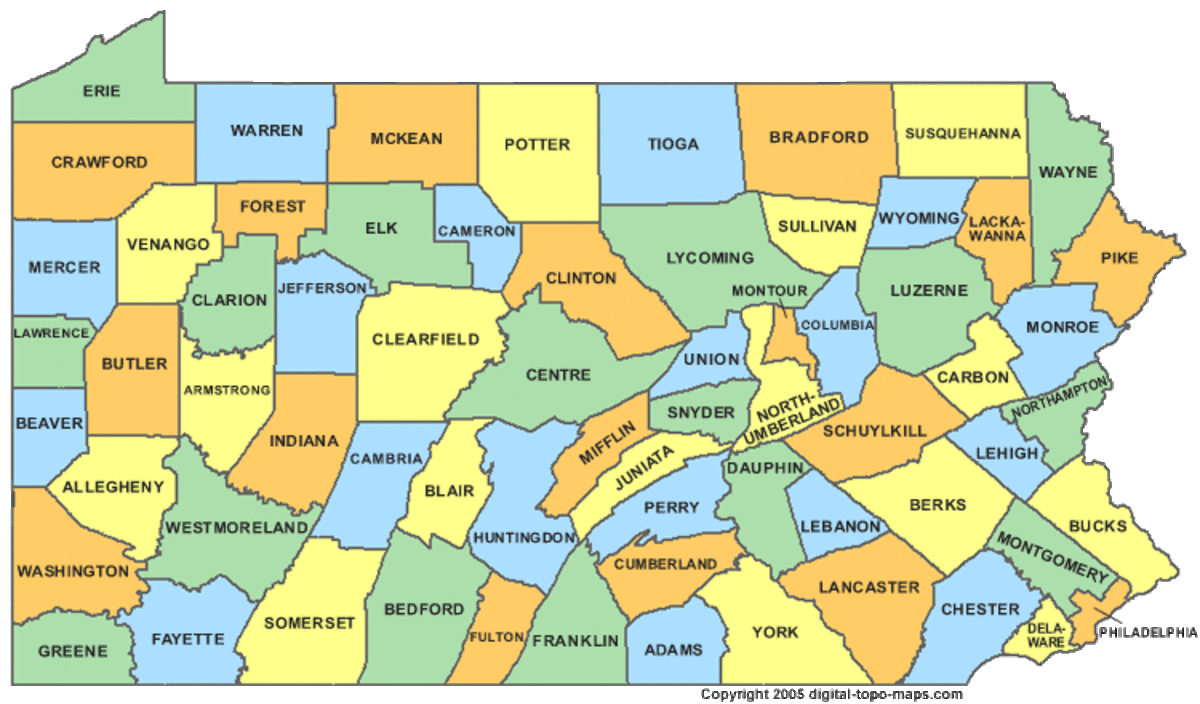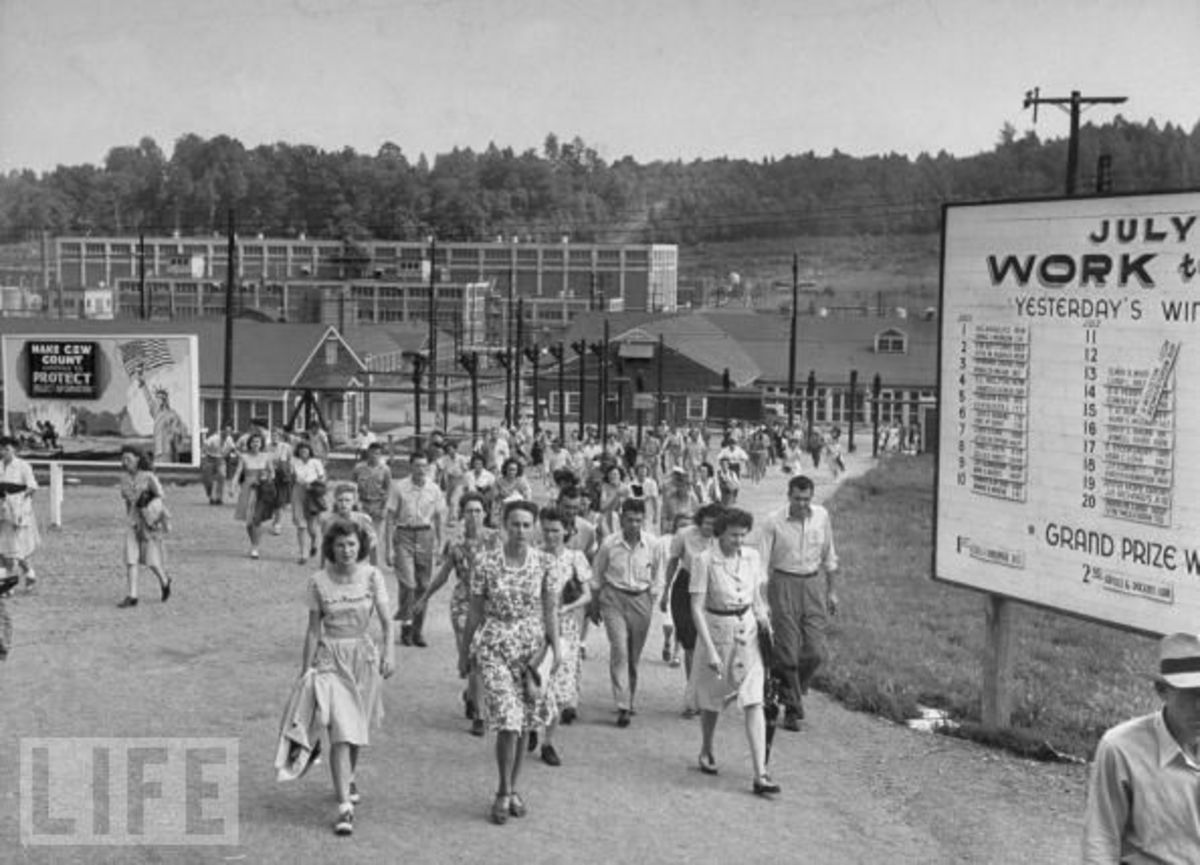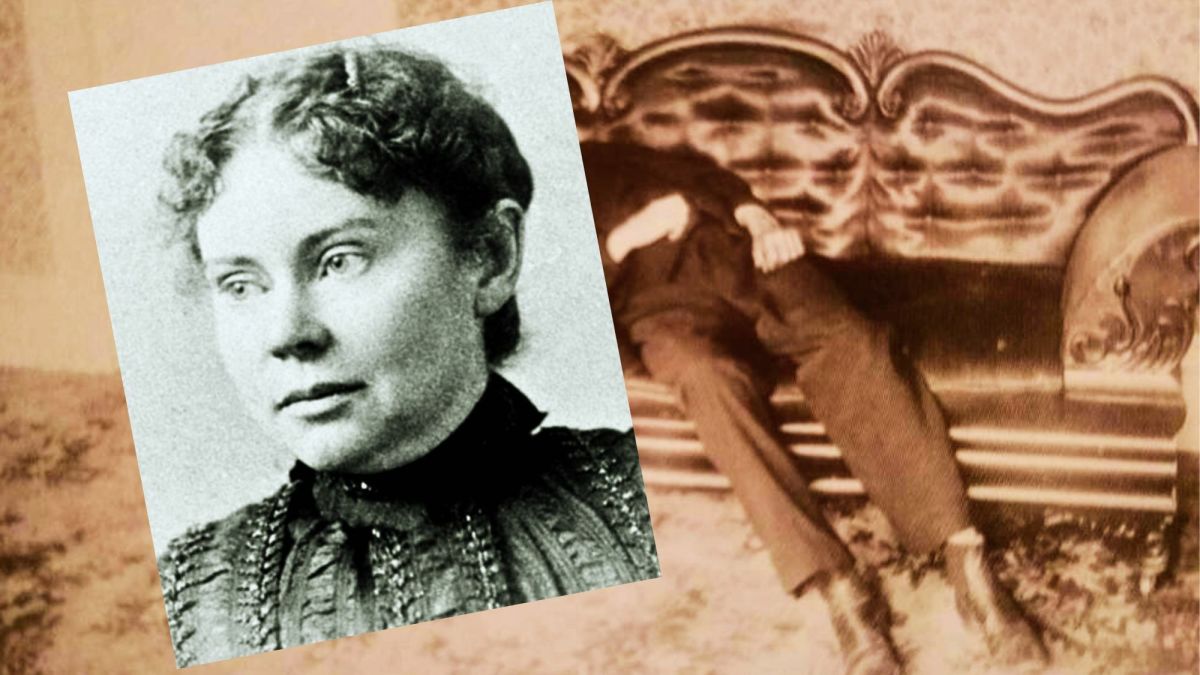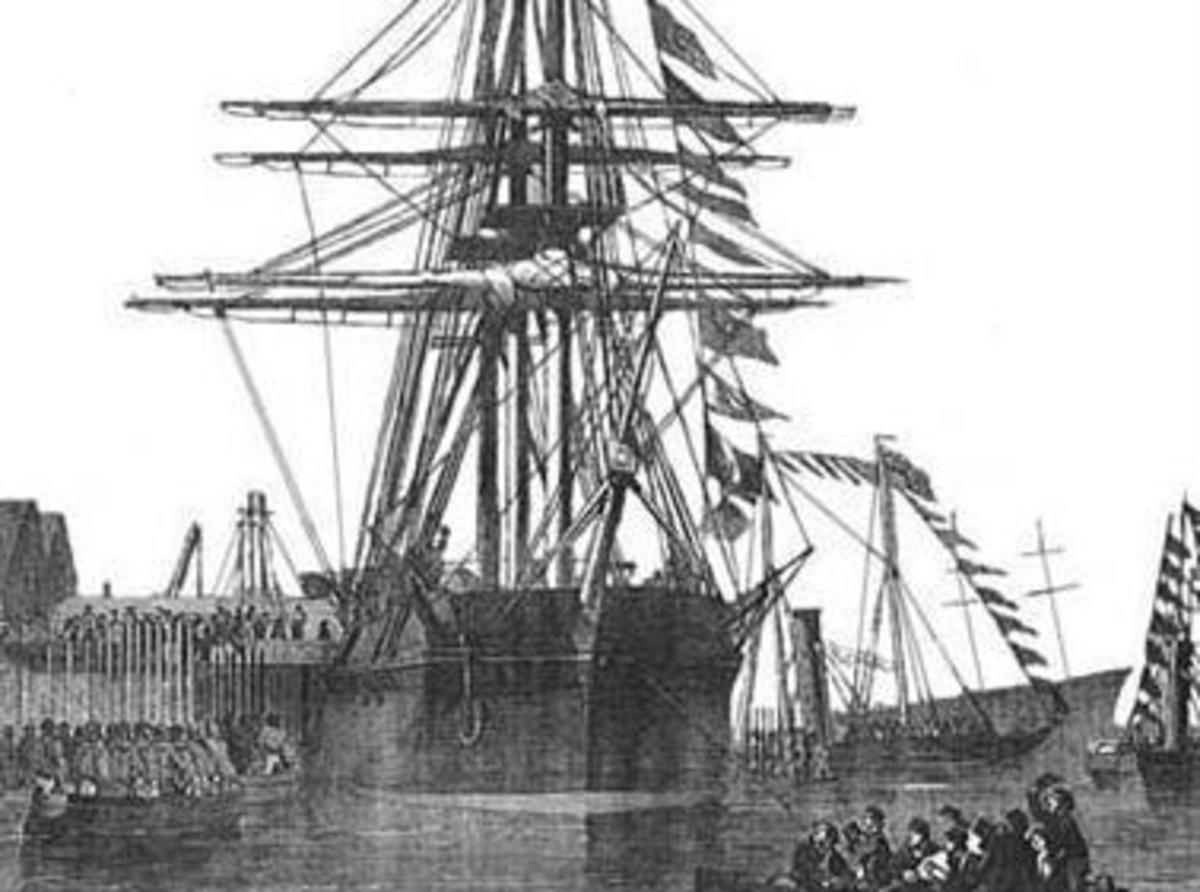- HubPages»
- Education and Science»
- History & Archaeology»
- History of the Americas
Boathouse Row
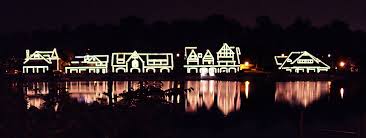
Every city or area has those places that are landmarks that either the locals are proud of and want to show off to their friends or perhaps are so well known that visitors come on their own to see them. Philadelphia has several – actually Philadelphia has quite a few. One of the reasons for the abundance of landmarks in Philadelphia is the age of the city and the role it played in America’s colonial past and early history. Multitudes of people come to Philadelphia every year to see Independence Hall, the Liberty Bell and Betsy Ross’ house to simply name three; what they don’t come to see but oftentimes what they end up telling their friends about back home is Boathouse Row.
Boathouse Row is located on the east bank of the Schuylkill River, just north of the Fairmount Water Works and the Philadelphia Museum of Art. It is exactly what its name implies; a row of fifteen boathouses that are home to a variety of social and rowing clubs. Each boathouse has its own history and each has an address both on Boathouse Row and Kelly Drive. Kelly Drive is named after the late Philadelphia oarsman John B. Kelly, Jr., the brother of the late actress Grace Kelly, Princess of Monaco. The boathouses are all at least 100 years old with some being constructed over 150 years ago.

Schuylkill River
It’s difficult to pronounce, impossible to spell without looking and, until 1810, a river whose navigation was disrupted by rapids. The Schuylkill flows through Philadelphia until it empties into the Delaware River at the southern end of the city.
In 1810 a damn was built between 30th Street Station and the Art Museum which solved the problem of the rapids and had a profound effect on Philadelphia. This was the first time a major river had been tamed in the United States and it opened the Schuylkill, and all of the commerce of Philadelphia, to river traffic. It was the first step in the all-important Schuylkill canal system.
Another effect was that the now backed-up water became more lake-like as opposed to a fast-flowing river. This brought in sportsmen -- skaters in the winter when the river froze and oarsman the rest of the year. It also brought in mosquitoes. In 1793 Philadelphia had suffered a yellow fever epidemic that killed 5,000 people between August 1st and November 9th and, by the end of September, 20,000 people had fled the city. The wealthy people that lived in the fine mansions along the Schuylkill wanted out and they sold their properties to the city and moved away from the river.
Philadelphia now owned quite a bit of property and several very nice homes. Initially it was 4,100 acres which, for the most part, was adjacent to the river but it has evolved into the Fairmount Park System which today amounts to 9,200 acres. Though privately owned, the houses of Boathouse Row are within the park system.
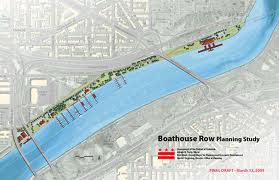
Growth of Rowing
The Schuylkill River and rowing have become inextricably linked to each other over the history of the sport. The earliest recorded regatta on the Schuylkill took place in 1835. Earlier competitions probably took place; for instance, the University of Pennsylvania claims that it raced in 1801 against the Atlanta Boat Club of New York City.
Regardless of when it started, it quickly caught on and became very popular after the excitement created by the regatta of 1835. A number of rowing clubs were quickly formed though most were short-lived. Those that survived however realized the need for an organization to control the sport.
From the outset professional rowers dominated the sport. In 1858 the Schuylkill Navy came into being in an attempt to promote amateur participation. The rules of the Navy prohibited the acceptance of any money for rowing, especially gambling money, and the penalty was expulsion. The success of the Schuylkill Navy and other clubs of its ilk around the country contributed to the end of professionalism in rowing. Amateur rowing had taken over the river and it remains an amateur sport to this day.
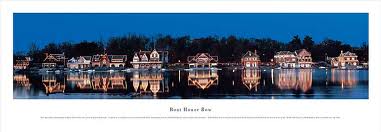
Boathouses
Today Boathouse Row consists of fifteen boathouses known as #1 through #15. Boathouses #2 through #14 are part of a group known as the Schuylkill Navy which also owns several other boathouses in the area. Boathouse #1 is Lloyd Hall, the only public facility on Boathouse Row. Boathouse #15 houses the Sedgeley Club.
In 1855, the City of Philadelphia proclaimed the Lemon Hill estate, purchased by the city in 1844, a public park which was to be known as FairmountPark. A leaseholder had allowed several of the boat clubs to erect houses along the river. These structures were condemned by the city in 1859 more or less due to their being eyesores. In 1860, after being pressured by the boat clubs, Philadelphia passed an ordinance allowing the construction of three boathouses along the river: those boathouses belonged to the Schuylkill Navy, the Pacific Boat Club and the Philadelphia Skating Club.
Once these three buildings were constructed the other clubs went about building their own houses and the city exercised little or no control over the building. However, in 1868, the Fairmount Park Commission took action after receiving the power to review and approve plans for structures in the park. With this authority the Commission ordered the removal of all of the buildings with the exception of those that housed the Skating Club (#14) and Pacific (#2-3) and Bachelors (#6) Barge Clubs.
The clubs then began to erect more aesthetic buildings rather than ones that were strictly utilitarian. Everything that was being constructed was in the Victorian style until 1872 when the Commission decided to allow other style buildings to be constructed and in material other than stone.
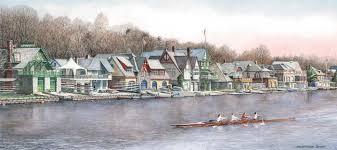
21st Century
Today the only remaining boathouses from 1860 are #3 and #14. The newest boathouse, #2, was constructed in 1902 on the site of the previous boathouse which had been demolished.
Clubs currently on Boathouse Row, the house they occupy and the date of their founding:
#2-3 Fairmount Rowing Association (1877)
#4 Pennsylvania Barge Club (1861)
#5 Crescent Boat Club (1867)
#6 Bachelors Barge Club (1853)
#7-8 University Barge Club (1854)
#9 Malta Boat Club (1860)
#10 Vesper Boat Club (1865)
#11 College Boat Club (1875)
#12 Penn AC Rowing Association (1873)
#13 Undine Barge Clubs (1856)
#14 Philadelphia Girl’s Club (1938)
#15 Sedgeley Club (1902)
There are other clubs that have houses on the river at sites other than Boathouse Row. For example, of the local universities that row, Penn, Drexel and LaSalle are housed on Boathouse Row; Temple, Villanova and Saint Joseph’s are housed elsewhere.
Boathouse Row hosts several major rowing regattas, including the Dad Vail, Stotesbury Cup, Navy Day, Independence Day, and the Head of the Schuylkill Regattas. Boathouse Row is seen as a symbol of the rowing community around the United States. Rowers on the Schuylkill compete at all levels, including local clubs, high school, universities, summer racing programs, and international-level athletics.
In an effort to draw more attention to the boathouses lights were installed on them in 1979. In 2005 computerized LED lights were installed so that now Boathouse Row can light up in various colors depending on the event or season.
